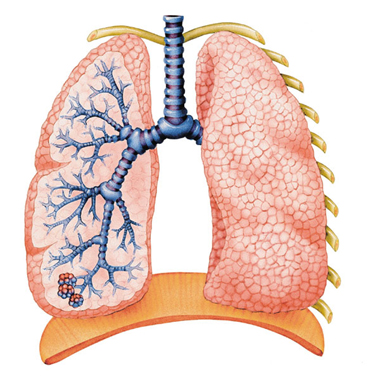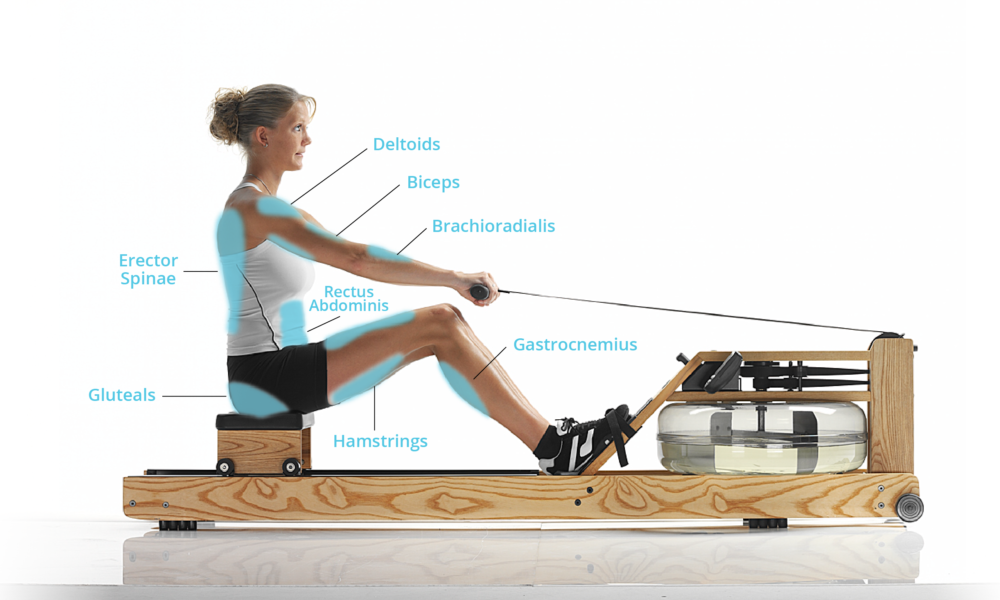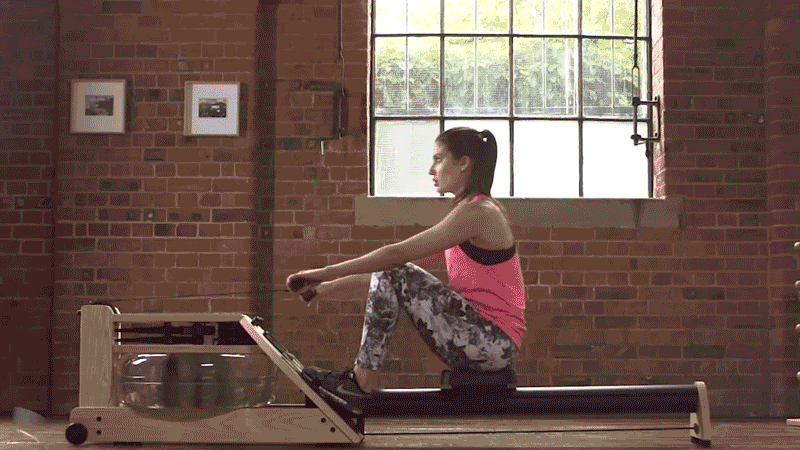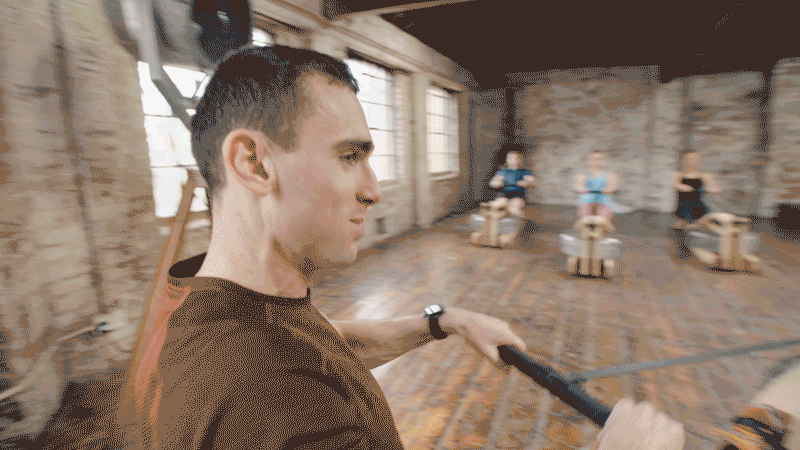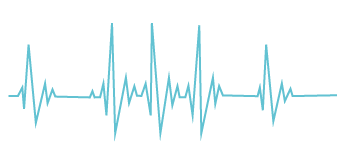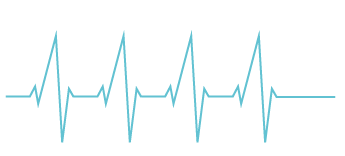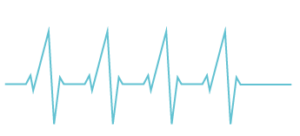A fairly accurate method of measuring the physiological intensity of exercise is to monitor heart rate. Exercise intensity measured on the WaterRower or whilst rowing on the water in terms of speed or distance is very subjective as it depends on the individual’s physiology, age, weight, sex, physical condition, etc. These measurements can often vary according to an individual’s tiredness, hydration levels, stress, and general well-being.
The most effective method of training is by setting a target training intensity (heart rate zone) as a percentage of your maximum heart rate. Within each zone of training intensities, subtle but different physiological effects take place.
| Training Objective | Heart Rate Training Zone | Type of Training Program |
| Aerobic Conditioning | 65-75% of Max. Heart Rate | Steady State, Platform and Pyramid Training |
| Fat Burning | 55-70% of Max. Heart Rate | Steady State Training |
| Strength Training | 80-100% of Max. Heart Rate | Interval and Resistance Training |
| Race Preparation | 70-85% of Max. Heart Rate | Steady State, Platform, Pyramid Training |

